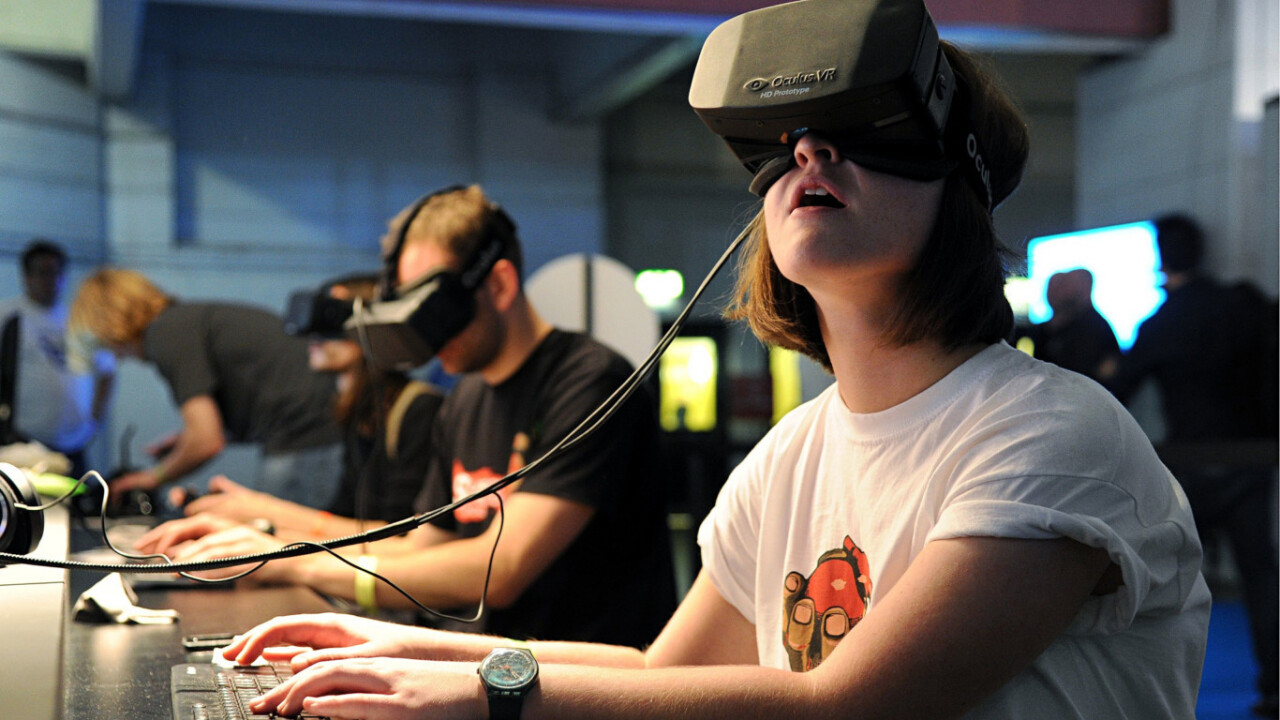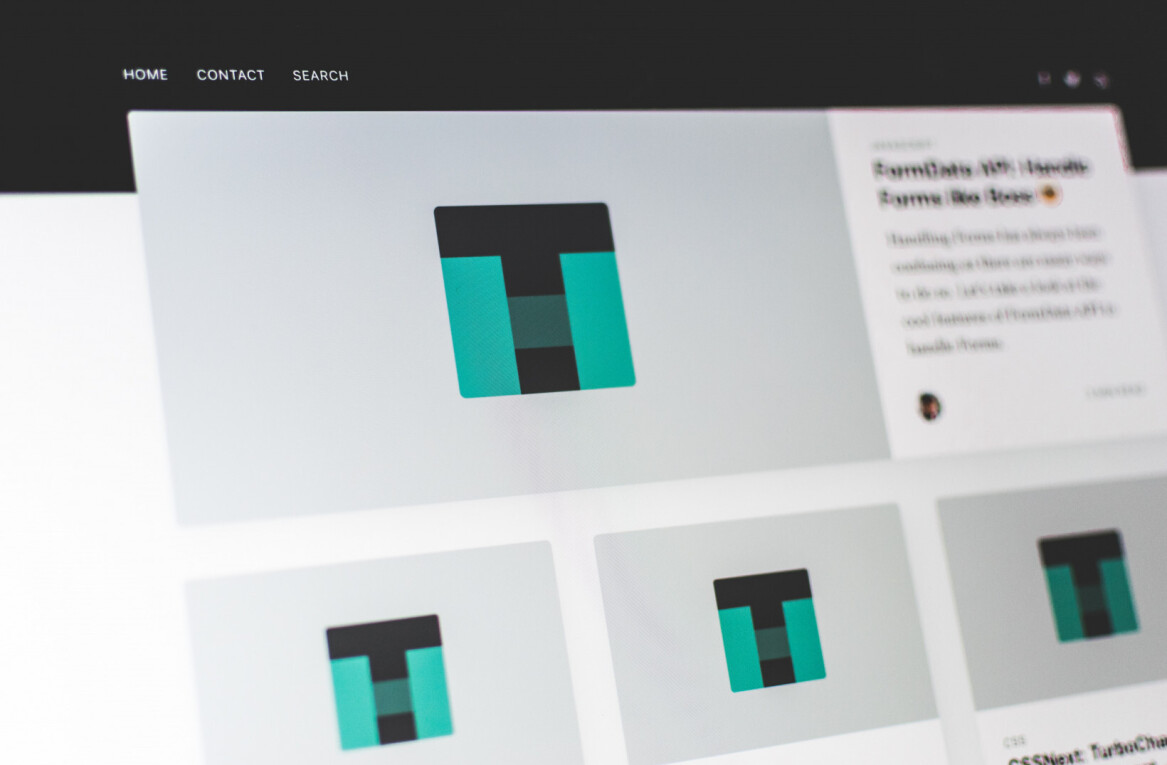With Oculus’s place at the forefront of virtual reality technology becoming shakier with the departure of its CEO Palmer Luckey, the news that the company was shutting its filmmaking division, Story Studio, was a surprise. Some have accused Facebook — the company which owns Oculus — of being behind the move, as a way of prioritizing the social functionality of VR.
Whatever the motive, what was hailed at its inception as “the Pixar of virtual reality” is no longer a going concern. But will the former Oculus Story Studio staff — who counted former Pixar employees amongst their number — simply take their talents elsewhere? Or is this a flare sent up to the industry that VR film isn’t worth making to begin with?
An offer we can’t refuse: Is there a market for virtual reality film?
Firstly, it is worth noting that when people talk about virtual reality film, what they are really talking about are movies shot with a 360° camera. This has led those in the industry to take pains to note that 360° film isn’t really “true VR”, as it lacks the interactive element — virtual reality is, by definition, entirely computer-generated, after all. Last year, UploadVR convincingly argued the case for “True VR” being reclassified as “responsive VR”, in the hope that both 360° cinema and VR experiences could coexist peacefully in the eyes of the industry.
Speaking at the Cannes festival in 2016, Stephen Spielberg told journalists of his scepticism towards VR filmmaking. “It gives the viewer a lot of latitude not to take direction from the storytellers but make their own choices of where to look.” This may seem like futurephobia from the director of some of the most beloved films of all time, but it’s a view shared by those in the VR industry as well.
Virtual reality production company REWIND have noted that, as a film medium, VR can be technically dazzling, but lacking in story: “there is no certainty that anyone watching a film in VR will even notice the plot points of the narrative going on around them”. However, with most virtual reality films clocking in at under ten minutes apiece, the best virtual reality film content will arguably strive to strike the ideal balance between story and spectacle. This is where the pros come in.
The beginning of a beautiful friendship: the VR industry and Hollywood
As far back as 2015, commentators were claiming that VR film would “favor creative experimenters”, which may explain why so many Hollywood luminaries are eager to work in the medium. April’s Tribeca Film Festival may have premiered “The Handmaid’s Tale” and the new documentary from Werner Herzog, but some of the festival’s biggest-names were there to promote their VR work.
Kathryn Bigelow’s eight-minute documentary “The Protectors” about the ivory poaching industry was widely praised, and Emily Mortimer’s appearance in “Broken Night” was hailed as a breakthrough in tailoring the medium of VR film to accommodate narrative filmmaking.
Last year’s festival saw the first screening of “Invasion!”, the debut VR film by Baobab Studios, a then-new VR production company helmed by the director of the Madagascar films. One year on, and the festival premiered the first episode of “Rainbow Crow”, Baobab’s latest series, which also featured the voice talent of John Legend and Constance Wu.
The Tribeca Film Festival’s VR programmer told the BBC that he believes “the richer the content is, and the more compelling, the more it warrants being paid for. That’s when we have an industry and a legitimate visual medium.” Whether that new industry sees a sustained spirit of collaboration between Silicon Valley and Tinseltown that has so far eluded traditional filmmakers remains to be seen.
If you build it, they will come: Can VR film go beyond just being content?
The first celluloid films were even shorter than their VR counterparts, limited in length to under a minute by the bulky cameras and nonexistent editing technology. By comparison, VR films are generally only 10 minutes long (though “Miyubi”, a 40-minute feature, has been garnering some of the medium’s best reviews yet).
The form’s brevity could be down to the health risks some have associated with spending too long in VR worlds, though the bitesize nature of virtual reality film has given some studios alternative ideas about how it could be used.
RSA — Ridley Scott’s production company — launched a dedicated virtual reality division a month prior to the Tribeca festival, with its inaugural VR experience being released to accompany Alien: Covenant. Its first projects independent of existing Ridley Scott films are two new VR series (one fiction, one documentary), though it seems telling that the head of its division neglects to mention narrative filmmaking in the company’s launch statement.
“I think VR is one of the most exciting areas in the industry today,” said RSA VR’s head of department, “with potential to influence how we consume content for generations to come.” Whereas Spielberg was worried about storytelling, RSA are simply content with creating content.
But this isn’t necessarily the final direction down which VR film could travel; indeed, perhaps Baobab Studios will end up supplanting Oculus Story Studio as the medium’s Pixar. “Invasion!” is set to be adapted into a feature-length 2D movie, with a follow-up VR short also in the works. At the very least, this surely shows that, regardless of how they choose to use it, VR film is fertile ground for some of the most imaginative minds in cinema.
Get the TNW newsletter
Get the most important tech news in your inbox each week.





